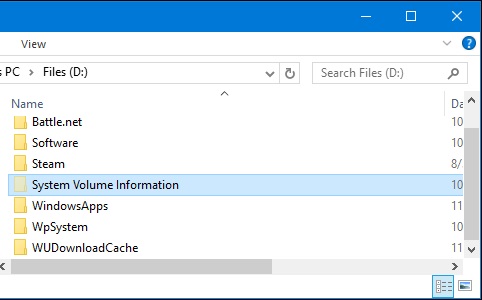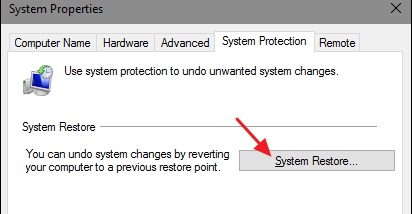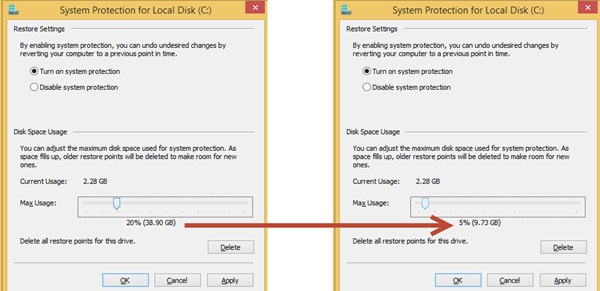We all use up the windows computer, store our basic to advanced media files or documents, etc., and while doing that, we all know that all this data certainly sits on the storage of the computer device. Now for all the files, you probably might be known that Windows uses the same storage partition, but it is not true as there are some important files and data called System Volume Information Folder that are placed in some unique partition made by Windows. That important stuff inside that folder makes it essential for the window functions to work smoothly and correctly. This folder is default hidden inside Windows, but it can be accessed easily to make up the modifications to boost the performance. For beginners, this could be challenging to work on the System Volume Information Folder, and any brutal changes by them could result in damage too, so to help them out, we have written about the full details regarding this folder and the methods to work on it to increase system performance. Just read out the article to know about all that! Your system performance depends on the collaboration of various system files and folders, and if any of these are important files or folders are not working properly, then you shall get the performance levels slashed down. To raise the performance to peak levels, you can try to alter the properties of these folders and files. System Volume Information is one of the major effective folders for performance grading, so boosting its structure and values could help you get the most benefits in the performance levels. Also Read: How to Launch Favourite Apps From Android Lockscreen
What is System Volume Information Folder In Windows? How to Access it and Shrink It?
1) System Volume Information?
This is the folder that would be found on each and every computer partition, and this folder is all hidden and is being accessed by the computer’s system restore tool to store the information. This folder is meant for only system-level functions, so access to this folder is certainly denied. The main focus of this folder is to make those search index, lookup, etc. functions work like a charm, making the system a realistic functional working module. It should not be confused with the fact that this folder is completely responsible for the system’s performance, but the real fact is that it is essentially important for the system’s performance. Also Read: How To Convert Your Android Device Into A Portable Scanner
2) Accessing This Folder
To access the System Volume Information folder, you need to visit the System and Security option inside the control panel and then find the System option there. Just click on that option and then find the System Protection option in which there would be the Protection Settings. You could then see if the System Restore option has been enabled. Enable it and un-hide the Folder such as to access it! The system Volume Information Folder is not the commonly known folder; most probably, nobody even knows about the existence of this folder because it is hidden by default. But those who are familiar with this system folder might know about the real essence of it in the basic to advanced tasks. It is like the most brutal organ of the computer device memory, which integrates and startups most of the major actions in Windows OS.
3) Shrinking IT
Reach up the System Restore option from the above paragraph and then simply click on the configure button to set up the reduced size for the System Volume Information Folder. The process is simple, and after completing amendments, you could skip working on your tasks as the folder has been shrunk. The shrinking should be done progressively and not in a destructive way, as this could cause problems in your system. Although the user is not allowed to delete anything inside this folder but somehow, if the user tries to delete the data inside it, those users, please notice that deleting the data from inside the system volume information folder could ruin your system functioning, may cause heavy lags and hiccups, etc. It is highly recommended that you shrink this volume because it would affect your system performance relatively. Also Read: 4 Things You Need To Do Before And After The Installation of Android Updates So here in this article, you have learned about the various things related to the System Volume Information Folder and its essential requirement in the smooth working of the windows. Apart from this, you also have learned about the unique methods to access and shrink it to boost the performance of your PC comparatively. Follow up on the details in this article to modify the system information folder in windows, hence gain the benefits in the performance mode! I hope you like the guide, do share it with others too. Leave a comment below if you have any related queries about this.


